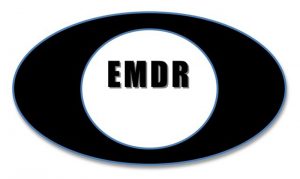EM

EMDR therapy has been used with a wide variety of client presentations and is currently one of the most researched methods of contemporary psychotherapy. EMDR therapy has been empirically shown to be effective in the treatment of Post Traumatic Stress Disorder (PTSD). By changing the way the traumatic memories are stored, EMDR relieves the symptoms of trauma. When something traumatic happens, it gets stored in the brain without a time or date stamp. The person who has a traumatic experience can feel like that traumatic event is about to happen at any moment or is currently happening. EMDR changes the way those traumatic memories are stored so the human system can know and feel that the event is actually in the past. The things that happen in the present, which previously triggered an emotional activation because they remind the person of the past traumatic event, no longer have the same charge. Thus, the person can be more present and just react to what is actually happening now, instead of having an overreaction due to a past event.
One of the keys to successful EMDR therapy is accessing the disturbing memories in a way in which the client remains present. This is one major difference between EMDR and other therapies in which the client is regressed. In EMDR therapy, we are interested in finding the earlier memories that are fueling the present distress and then we access the way that early memory is currently stored, while the client remains aware and present. In EMDR therapy, we are interested in finding the earlier memories that are fueling the present distress and then we access the way that early memory is currently stored, while the client remains aware and present. In EMDR therapy, we are more interested in the way the past events manifest in a person’s system at this moment than in gathering historical data. We want to know how those early memories are manifesting because they are linked to the client’s presenting complaints. Thus, in the EMDR therapy approach, we are always asking about what is happening now without focus on how the person felt at the time of the event. We want to know what happens with them now as they remember that early event because that activation is appearing in their life as an overreaction to present day events. © Deborah Kennard, 2015